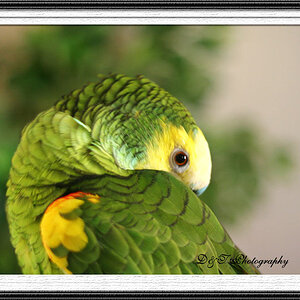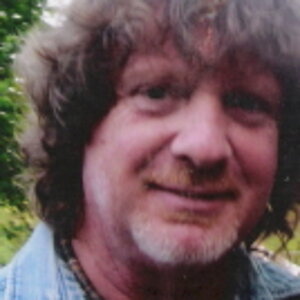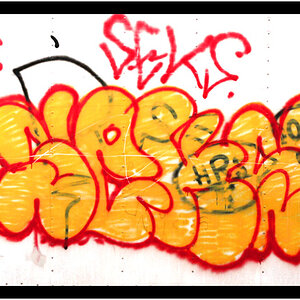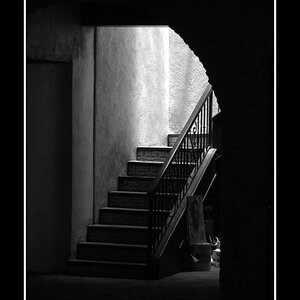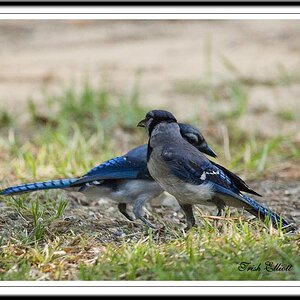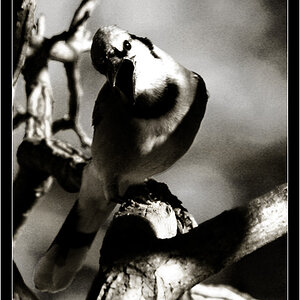Mark24173
TPF Noob!
- Joined
- Aug 10, 2011
- Messages
- 2
- Reaction score
- 0
- Location
- Japan
- Can others edit my Photos
- Photos OK to edit
Hi all
While I've been shooting for a few years, I quite literally never use flash and I've never had an external flash unit for a camera. Until now I've only ever associated flash with the on-camera, direct, ugly, red-eye version and it's only recently that I started reading up on "proper" flash technique, i.e. bounce, diffusion, etc. Having started looking (well, more like staring in awe and disbelief) at the things that really good photographers can do with proper flash, I came to the conclusion that I really need to learn to do this stuff myself. It's kind of inevitable when one of your favourite shooters is Joe McNally, I guess
Problem with this is that I wouldn't know where to start in picking up a flash unit. What I thought I'd do is put up a few simple questions to start with and see what we get from there. So with your indulgence...
1) I use a Nikon D300. I have a 24mm and a 35, but my main walkabout lens is a 70-300, because it covers most of the ranges I tend to use. What does this mean in terms of the kind of flash power I'll need? Is it even feasible to use flash at the higher end of such a range? I don't know much about how far flashes reach, but 300 is a long way. I'm guessing that it's far less of an issue with the 24 and 35.
2) I'm guessing that for a total flash newbie, a flash which communicates with the camera (what they call TTL?) would be better until I've learned the basics. Do you agree?
3) In terms of angling the flash head, it looks from what I've seen that most flashes have a set of angles which can be used. Are there any flashes which can be angled to any direction at all, or are they all limited to (for instance) 30, 45, 60, 90 etc?
4) Anyone who uses a D300 and who can suggest a good general first flash, please fire away (pardon the pun).
Sorry if these are dumb questions, I'm pretty much clueless on this side of photography, but hopefully I can get past that stage with this place
While I've been shooting for a few years, I quite literally never use flash and I've never had an external flash unit for a camera. Until now I've only ever associated flash with the on-camera, direct, ugly, red-eye version and it's only recently that I started reading up on "proper" flash technique, i.e. bounce, diffusion, etc. Having started looking (well, more like staring in awe and disbelief) at the things that really good photographers can do with proper flash, I came to the conclusion that I really need to learn to do this stuff myself. It's kind of inevitable when one of your favourite shooters is Joe McNally, I guess

Problem with this is that I wouldn't know where to start in picking up a flash unit. What I thought I'd do is put up a few simple questions to start with and see what we get from there. So with your indulgence...
1) I use a Nikon D300. I have a 24mm and a 35, but my main walkabout lens is a 70-300, because it covers most of the ranges I tend to use. What does this mean in terms of the kind of flash power I'll need? Is it even feasible to use flash at the higher end of such a range? I don't know much about how far flashes reach, but 300 is a long way. I'm guessing that it's far less of an issue with the 24 and 35.
2) I'm guessing that for a total flash newbie, a flash which communicates with the camera (what they call TTL?) would be better until I've learned the basics. Do you agree?
3) In terms of angling the flash head, it looks from what I've seen that most flashes have a set of angles which can be used. Are there any flashes which can be angled to any direction at all, or are they all limited to (for instance) 30, 45, 60, 90 etc?
4) Anyone who uses a D300 and who can suggest a good general first flash, please fire away (pardon the pun).
Sorry if these are dumb questions, I'm pretty much clueless on this side of photography, but hopefully I can get past that stage with this place




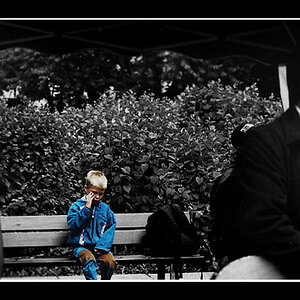
![[No title]](/data/xfmg/thumbnail/35/35587-16c570d2927f2a9ea1945320686eca01.jpg?1619737062)
